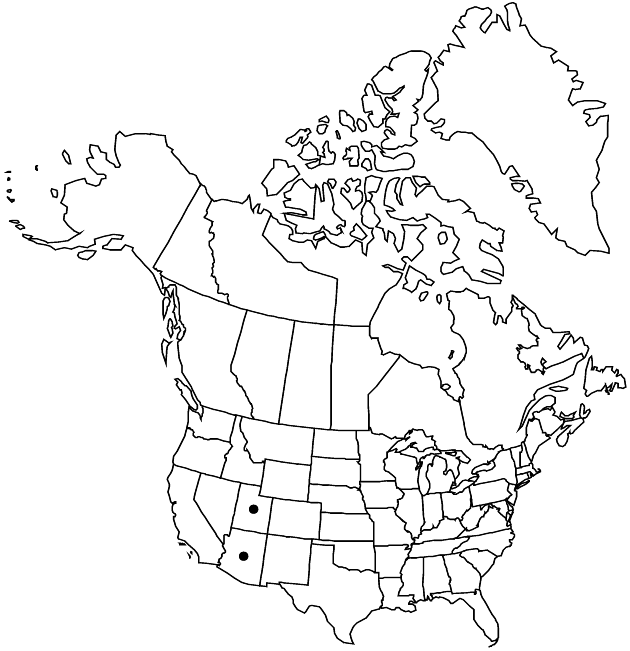Hymenoxys subintegra
Bull. Torrey Bot. Club 31: 480. 1904.
Biennials or perennials, 30–60 cm (monocarpic; sometimes with sparingly branched, woody caudices). Stems 1 (–5), green throughout or sometimes purple-red-tinted proximally, branched distally, usually densely sericeous. Leaves: blades simple or lobed (lobes 3), usually densely sericeous, glanddotted; mid leaves simple or lobed (lobes 3, terminal lobes 1.8–3.5 mm wide). Heads 10–85+ per plant, in paniculiform to corymbiform arrays. Peduncles 3–9 cm, usually densely sericeous. Involucres hemispheric to campanulate, 8–10 × 10–13 mm. Phyllaries in 2 series, unequal; outer 10–14 (–18), basally connate 1/4–1/2 their lengths, lanceolate, obovate, or ovate 5–7 mm, apices acuminate to acute; inner phyllaries 13–16 (–22), obovate, 4–5 mm, apices mucronate. Ray-florets 10–16; corollas yellow, 10–15 × 4.5–6.5 mm. Disc-florets 50–100+; corollas 3.5–4 mm. Cypselae narrowly obpyramidal, 2.1–3 mm; pappi of 5 (–6) obovate, aristate scales 2.5–3 mm. 2n = 30.
Phenology: Flowering (Jun–)Jul–Aug(–Sep).
Habitat: Roadsides, open areas, edges of forests
Elevation: 2100–2800 m
Discussion
Hymenoxys subintegra grows mainly on the Kaibab Plateau north of the Grand Canyon in Arizona and in western Kane County, Utah.
Selected References
None.
